With all the off-the-shelf ecommerce platforms available, it has become incredibly easy to launch an online store.
All you need is a product and a platform, like Shopify or BigCommerce, and you can flip the switch.
Just like that, you’re in business!
But launching an online store and growing one are two very different things.
Even for the most experienced ecommerce professionals, growing revenue and scaling up can be a challenge as new stores open and competition grows.
On top of that, customers have grown to have certain expectations with online shopping. While over 79% of Americans now shop online, they’re careful about where they spend their money.
Simple mistakes can send customers in the opposite direction of your checkout, straight into the arms of your competitor.
The biggest influences in making that decision are:
- Price
- Shipping costs and times
- Promotions
But cart abandonment is influenced by other things as well, such as your product images, social proof, the ability to contact a company, and even the product descriptions you use.
Losses occur outside of the conversion process, too.
In order to scale your business and minimize the leaks in your bottom line, avoid making these mistakes.
1. Not calculating costs properly
This is a big one that can catch a lot of store owners, even seasoned ones.
There are a lot of costs to consider with a launch, from shipping costs to marketing and customer acquisition costs.
Don’t make the mistake of pouncing on a great idea for a product with a high demand, rushing off to get it launched and marketed without taking the time to do the math.
Whether you’re launching a new store or adding new product offers, you cannot rush the math. It’s a necessary part of smart business growth.
The formula is simple: Profit = Demand X (Revenue – Expenses).
It’s surprisingly easy to find yourself with a product, or a niche online store, with fantastically high order volumes or a stellar average order value that isn’t turning a profit.
Because the costs make the margins so thin, you’re left with empty pockets.
2. Neglecting the marketing spread
As much as you optimize the products on your site for organic search and work to bring in that free traffic, you still need to have a broader marketing strategy for your online store.
Without an ecommerce marketing strategy, you’re missing out on countless revenue opportunities along the lifecycle of the customer.
Tommy Walker, a marketer with Shopify Plus, shared the results of a survey he conducted that revealed that two-thirds of people launching an online store did so with little to no customer acquisition plan.
Don’t put all your eggs in one basket thinking that just Facebook ads or optimizing for organic search will be enough.
Craft a strategy that combines a number of channels and tactics. Content marketing alone offers numerous routes commonly used in ecommerce.
A content marketing strategy designed around the needs, wants, and interests of your ideal customer provide you with a wealth of material.
Use that to build organic search volume, post to social, craft targeted ads, and provide significant value that keeps customers coming back.
3. Lacking a strategy for giveaways
Customers love free products, and holding giveaways or sending out product samples to a portion of your audience can be an effective marketing tool.
But only if your giveaway is done strategically.
Giveaways aren’t always a good fit for every ecommerce business.
For perishable products and many consumer packaged goods, a giveaway can get people coming back for more on a regular basis once you’ve set the hook.
But for longer lasting products (like clothing, books, hardware, etc.) where a repeat purchase is far less likely, giveaways like that become more about branding than making repeat sales from the same customer.
You have to hope that once they get your product they’ll share it with people they know.
In that type of branding giveaway, if you don’t have a strategy for encouraging social promotion and leveraging word of mouth, you’re just giving away free product with no measurable goal.
Another mistake here is neglecting to include a follow-up plan after the giveaway to keep entrants engaged.
Without continued engagement, you’ll quickly be forgotten.
Keep up with social engagement after a giveaway to keep their eyes on your social posts.
And follow up with entrants via email to thank them. You can even provide them with a special offer, second chance to win, or some other valuable content to keep them tuned in.
4. Racing to the bottom
Price is one of the biggest influencers with online shoppers.
Price alone is one of the top causes of shopping cart abandonment because your customers are often looking for the best deal on the product.
Pew Research Center has data from the 2015 holiday season that shows just how many consumers are deal hunting.
You’re making a costly mistake if you cut your prices to the bone in order to appeal to deal-conscious consumers.
You need to take your costs into account. Will that minimum price help you achieve profitability in the long run?
A potential sales boost from dropping your prices is still only equating to loss, not profit.
Instead of trying to compete on price, compete on value.
YETI launched in 2005 with the intention of selling a better camping cooler. YETI went the other direction, using a premium pricing strategy.
They sold a $300 camping cooler when everyone else was selling $30 coolers.
By 2007, the company had generated more than $1 million in sales. By 2014, the company’s sales had soared to $147 million.
They were successful because they sold the value of the product, rather than trying to compete on price.
5. Ignoring the competition
Ecommerce is extremely transparent.
That’s part of the appeal to consumers. They can move between retailers, compare prices and products, and make an informed decision.
Every second of every day, you’re competing in a sea of similar stores selling the same products as you.
You can’t afford to be detached from the competitive market when your customers are so steeped in it.
Competitive analysis should be a key part of your launch strategy, but it should also be done regularly.
Regardless of the market you’re in, it could change at any time. If you set your prices based solely on your costs and an ideal profit margin, then the market is going to move away from you quickly.
You should be acutely aware of what competitors are charging and which deals are pulling your customers away.
Don’t make the mistake of trying to manually browse through competitors to look up prices.
Save yourself from greater loss by using competitive pricing platforms that provide current and historical comparisons on pricing.
6. Allowing competitors to distract you
While you certainly want to know what your competitors are up to, you don’t want to tag along mimicking everything they do just because it looks like it’s working.
Don’t follow your competitors. They’re never going to be the one giving you money.
In addition to that:
- Even if they look successful, you don’t know what they’re doing that is delivering results.
- You don’t know what their conversion rates are.
- You don’t know their costs.
You’re only mimicking what you see on the surface, and marketing strategies go far deeper than that.
If you think you know your competitor has amazing conversion rates, even if you know their conversion rates, don’t chase them by copying them.
The only conversion rate you should be trying to beat is your own from your last reporting period.
What you can do is build and refine your marketing strategy with a data-driven approach.
Conversion reports and analytics are real numbers.
You can boost your numbers by measuring and observing what is happening in your own backyard, making decisions based on the data you compile and executing the next step in your plan.
Look internally, and you can measure everything:
- Conversion rates
- Customer paths through your funnel
- Behavior on site
- Where customers click and how they interact
- Browsing and spending habits
- Social engagement
- Content engagement
Follow your numbers, not your competitors.
7. No buyer personas or customer segmentation
Too many businesses assume they know what their customers look like.
They take no time to research buyer personas and audience segments.
Understanding your audience has a significant impact on your revenue.
According to a 2016 benchmark study from Cintell, B2B companies who exceed lead and revenue goals are over twice as likely to have buyer personas than companies who miss their goals.
Likewise, their study showed that 47% of companies who exceeded revenue goals were consistently maintaining and updating their buyer personas.
While that report is based on B2B, the impact of knowing and understanding your audience is clear, and it applies to every business in every industry.
Without creating buyer personas and appropriately segmenting your audience:
- You can’t effectively target your customers with paid advertising.
- Your content marketing won’t address topics most important to your customers.
- Unsegmented list-wide email blasts result in reduced open and click-through rates.
- The benefit statements of your products may not align with customer pain points.
A quick glance at the level of detail in Facebook audience targeting shows how easy it is to miss your mark if you don’t research buyer personas for your ecommerce business.
Instead of wasting money on guessing, spend time researching and creating buyer personas based on your ideal customer.
8. Not crafting unique product descriptions
At one time, Schwan’s had one of the highest conversion rates among ecommerce sites. A large part of that is because the site features high-quality product images showcasing the foods they sell.
Schwan’s also has the power of consumer trust behind their brand, helping them close transactions.
Not all online stores can be so lucky.
While you should still have great images on your product pages, images alone won’t be enough to seal the deal for some customers.
You need to have great product descriptions.
The above description has a simple headline, bullets that highlight the benefits of the product, and a written description that is both fun and engaging.
Too many online stores do the opposite and make the mistake of putting little to no effort into their product descriptions.
- They leave them blank.
- They insert minimal information that isn’t helpful and doesn’t communicate value.
- Or, most often, they simply use the manufacturer’s product description.
Each of those fails to communicate the benefits of the product to the customer. Rather than supporting the conversion, it hurts it.
The customer remains uninformed, which will likely send them elsewhere seeking answers and information.
They might come back, but they’re just as likely to buy from the next retailer selling the product with better product descriptions.
You also limit the visibility of your products in organic search.
Here’s an example of a product search for Oakleigh tables that shows a number of sellers and retail outlets using the manufacturer’s description or a slight variation of it.
With duplicate descriptions, you’re competing for search visibility with every other online store that has done the same thing.
That makes it so much harder to be found by your ideal customers.
And if you’re running any kind of PPC ads to drive product traffic, poorly optimized content lowers your quality score. As a result, you can expect your cost per click to be higher.
Writing better product descriptions is time-consuming if you have a lot of products, but unique and well-written product descriptions:
- Improve customer confidence in a purchase
- Reduce cart abandonment
- Improve conversions
- Lead to better organic search results
- Reduce return rates (because customer expectations were met)
- Reduce customer service requests because questions are answered
KAP7 does an excellent job of writing better product descriptions for its online store.
Make your product descriptions unique and enticing while featuring the benefits of your product.
Focus on the value to the customer, or risk losing the sale.
9. Poor mobile optimization
Even though ecommerce spending continues to rise, along with the ownership of mobile phones (95% of consumers have cellphones), a disproportionate number of online stores still aren’t optimized for the mobile user.
If you’re lucky, your customer is among the 61% of mobile users who finish a purchase at a PC.
But that still leaves a lot of room for customers to give up making a purchase from a poorly optimized mobile experience.
It takes a careful balance between streamlining the shopping and checkout process and maintaining a fluid, informative, and pleasant shopping experience.
10. Complex checkout processes
When a customer has completed the shopping experience, they’re ready to go.
It doesn’t matter that their stuff still needs to be paid for.
In their mind, they are done. They want to move on to the next thing in their day.
Complicating the checkout process creates excessive friction that can force cart abandonment even after the customer has made up their mind to purchase those products.
This infographic from EYStudios shows that a complicated checkout process is among the top 8 reasons for cart abandonment.
The estimated global value of that cart abandonment in 2016 was $4.9 trillion.
You have direct control over the design of your checkout process.
Failing to keep it streamlined from the time a customer adds a product to their cart or hits “checkout” is going to result in lower revenue, lost customers, and decreased conversions.
Here are some ways your cart could be too complex — any of these sound familiar?
- Forcing customers to enter repeat information
- Requiring accounts to be registered before checkout (not allowing guest checkout)
- Multi-step cross selling and upselling before getting to checkout
- Making it difficult to determine shipping costs and final purchase costs
Excessive form fields and requiring too much information can make even a simple checkout process feel like it takes an eternity.
Baymard measured the top 50 US ecommerce sites and the number of form fields in their checkout process.
They found 23.48 form elements and 14.88 form fields on average.
However, a fully optimized checkout can be as short as just 7 form fields.
Find ways to streamline your checkout process to improve conversions, reduce abandonment, and reclaim that lost revenue.
11. Not having a social media presence or strategy
As of January 2017, there were an estimated 7.476 billion people in the world. Of the world’s total population, 37% were active social media users.
That’s 2.789 billion people active on social media.
You can guarantee a chunk of that is your target audience.
According to the Pew Research Center, the use of social media has, for the most part, been on the rise for almost every age group since 2006.
With social channels like Facebook working to integrate more features that will bring businesses and consumers together (chatbots, community building tools, content creation and promotion, direct selling) you don’t even have to wait for the near future to miss out.
Look at the number of visits to Shopify stores originating from social media.
Note the average order value from various social channels.
And that’s not even recent data — it was gathered by Shopify in 2013!
With consistent year-over-year growth in both ecommerce and social media adoption by consumers, if you’re not promoting your business and engaging customers through social media, you’re already losing money.
According to insights shared by BigCommerce:
- 30% of consumers approve of making a purchase from within a social media network.
- 23% of consumers are influenced by recommendations/reviews on social media.
- 29% of online shoppers would likely follow a brand on Facebook.
- 21% of online shoppers would purchase an item seen in a brand’s Facebook post.
- Over half of millennials would likely make a purchase via social media.
Social media might seem daunting to the online store owner or marketer, but it’s far less complex than you think.
Shopify shares a number of terrific examples that show just how easy to it is to get your ecommerce business social.
Nike relies on motivation to engage their target audience on social.
Beardbrand lets its cheeky brand personality shine when making posts and promoting itself.
Bluff Works uses lighthearted posts to keep followers entertained.
With some planning, you can build a social media plan for your ecommerce business that delivers the content your audience is looking for.
Most importantly, your social media should provide content that gets visitors talking about your brand and gets traffic flowing to your online store.
Conclusion
Many of the mistakes that hurt your revenue can be easily tackled by improving the user experience and how you engage with your target audience.
The right research will put you in touch with your ideal customers. From there, you can design and optimize a shopping experience and checkout process that keeps them focused from start to finish.
Your marketing strategy, when executed, will not only support your current customers and build those relationships, but it will also continue to feed your funnel with new customers through both social and organic search.
Fix the issues I’ve addressed above to improve your engagement and user experience, and you’ll begin to see a steady increase in both conversions and revenue.
What are some areas you’ve found and fixed that were costing your online store money?

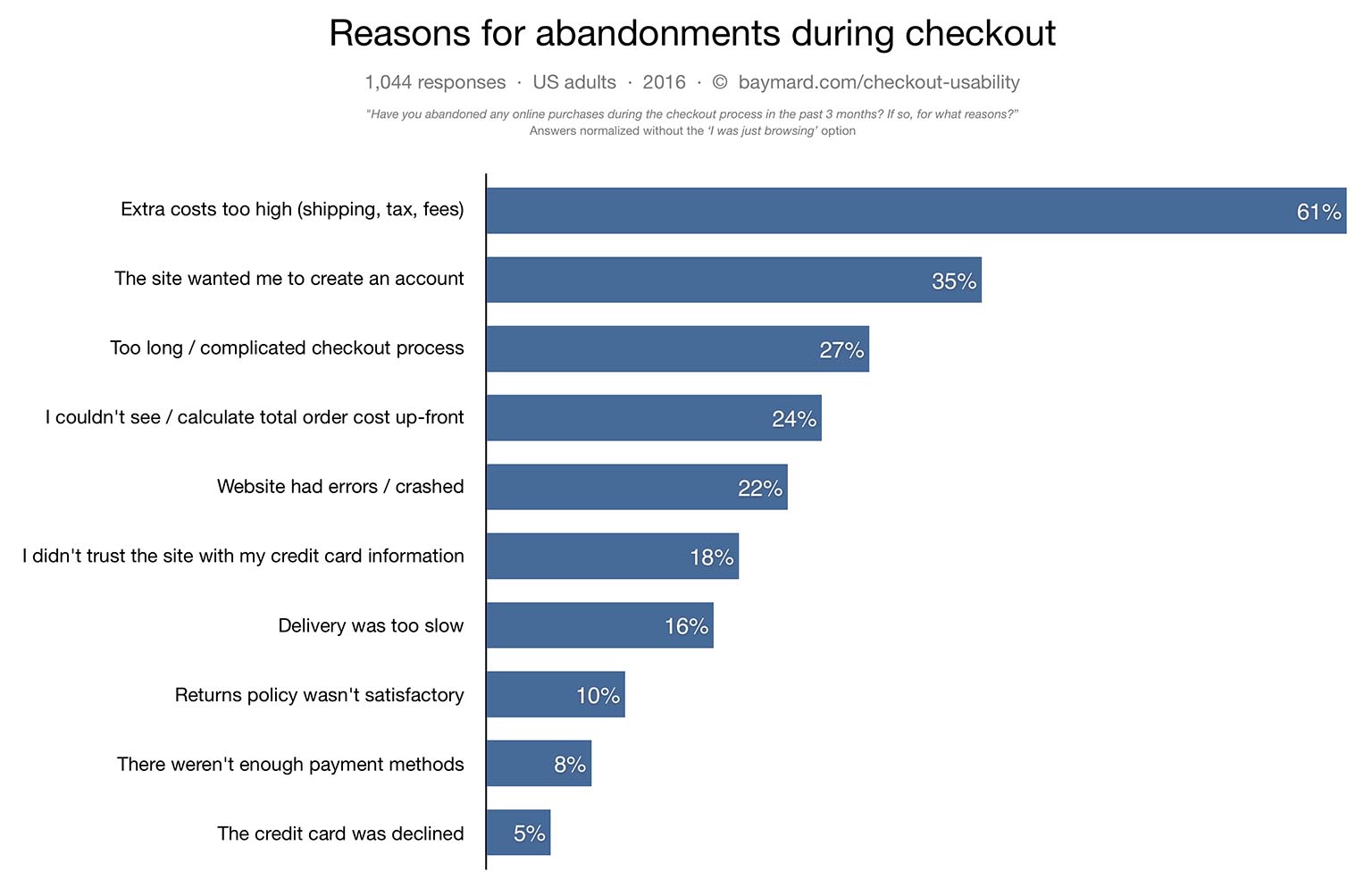

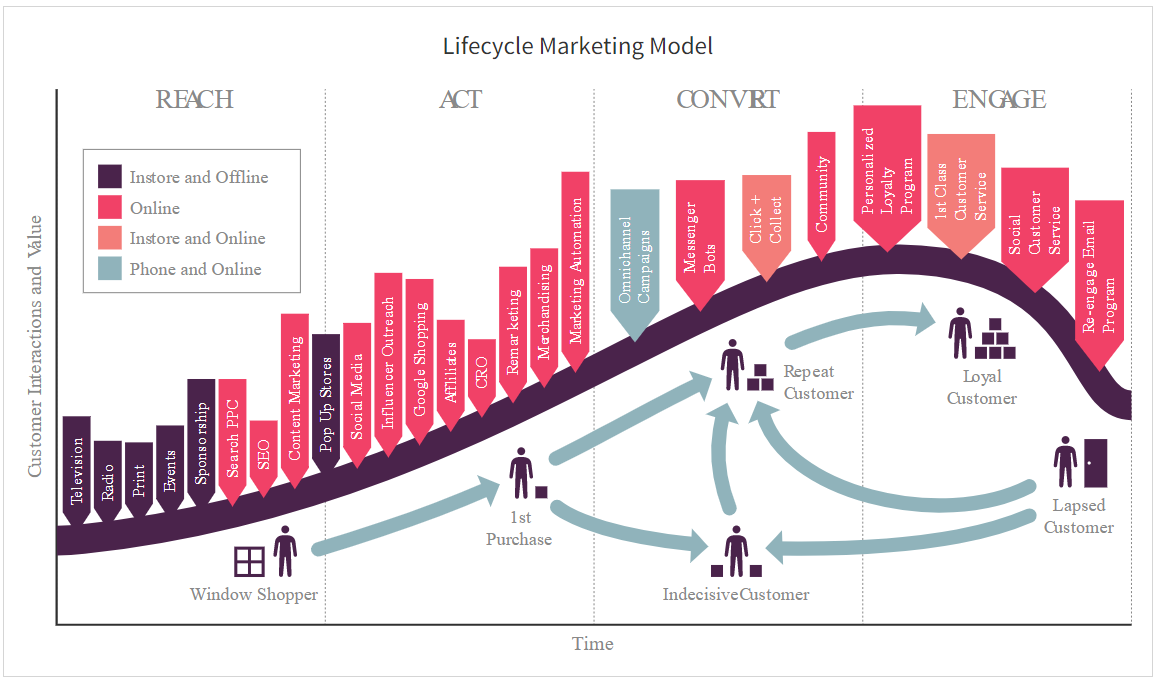
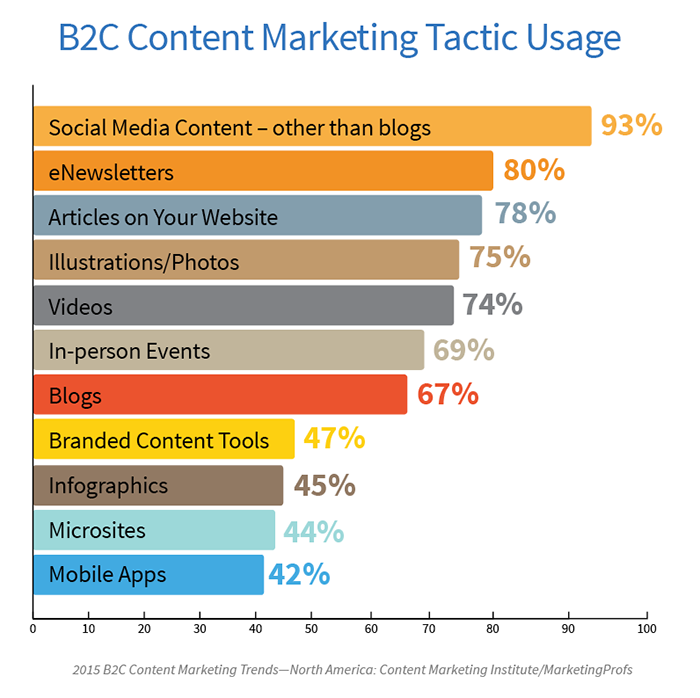


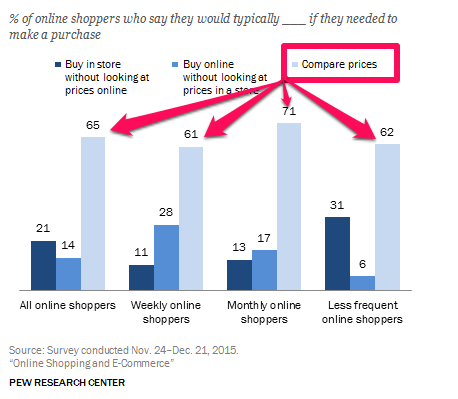

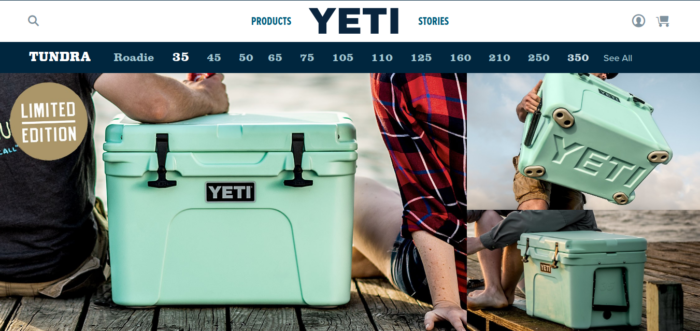
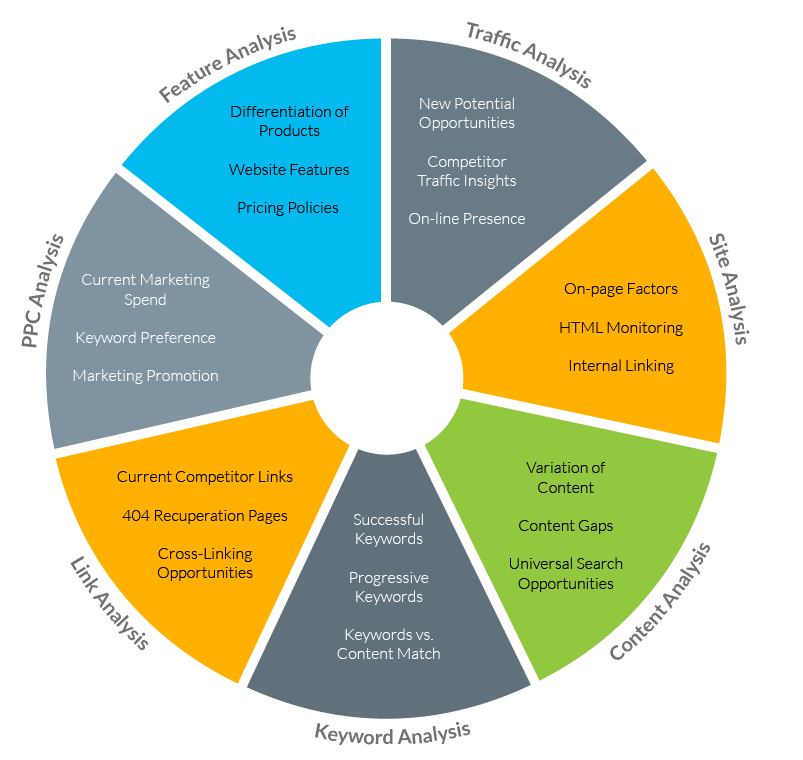


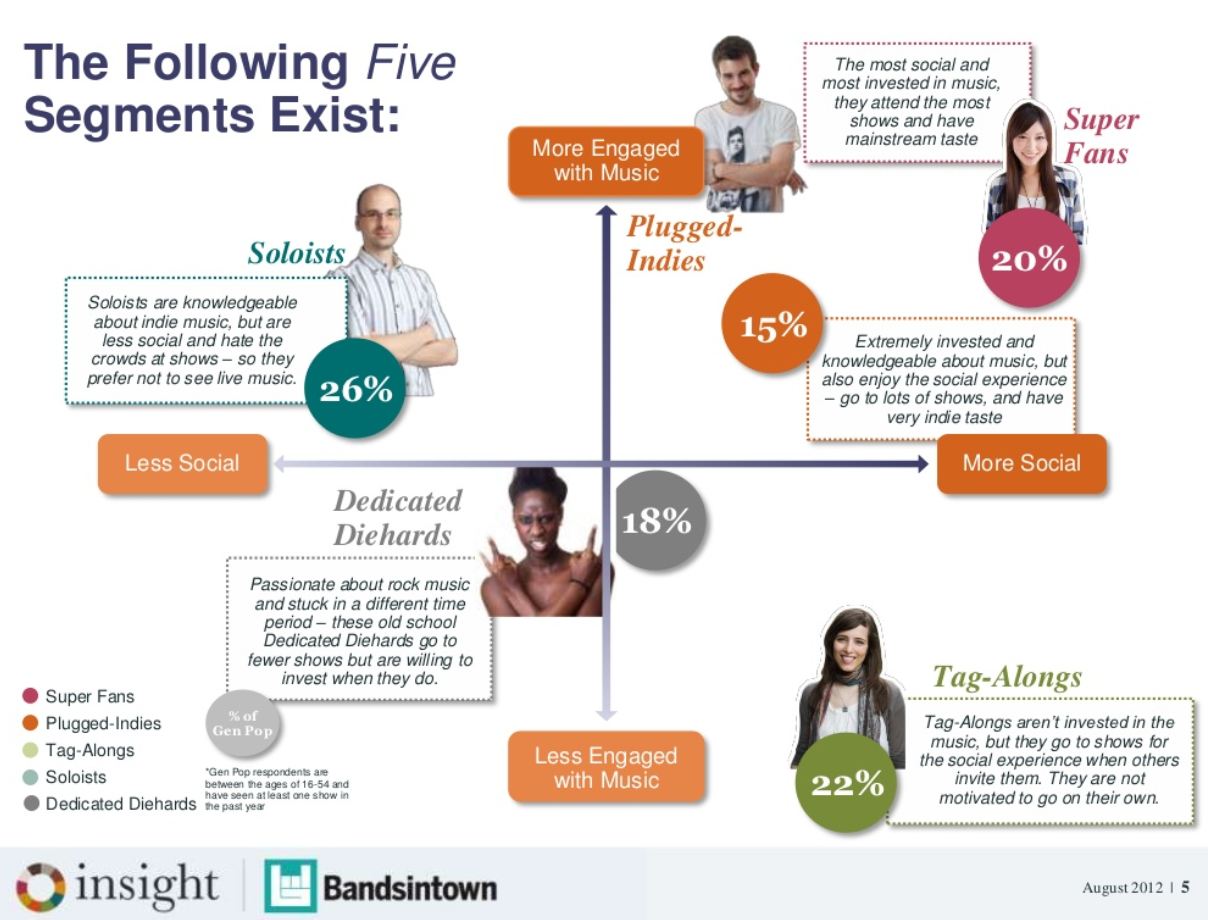
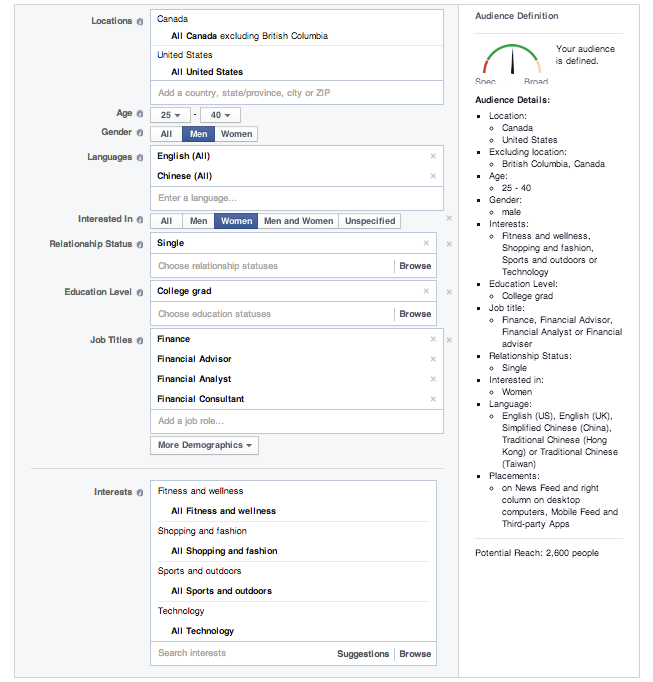
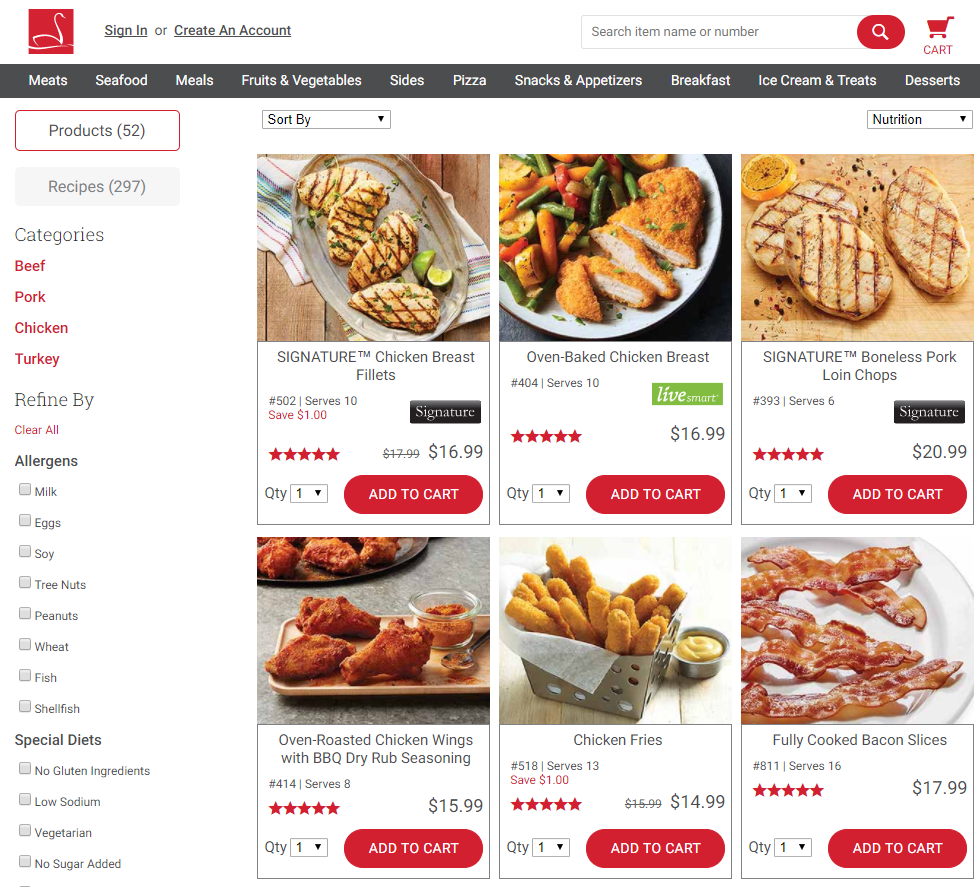
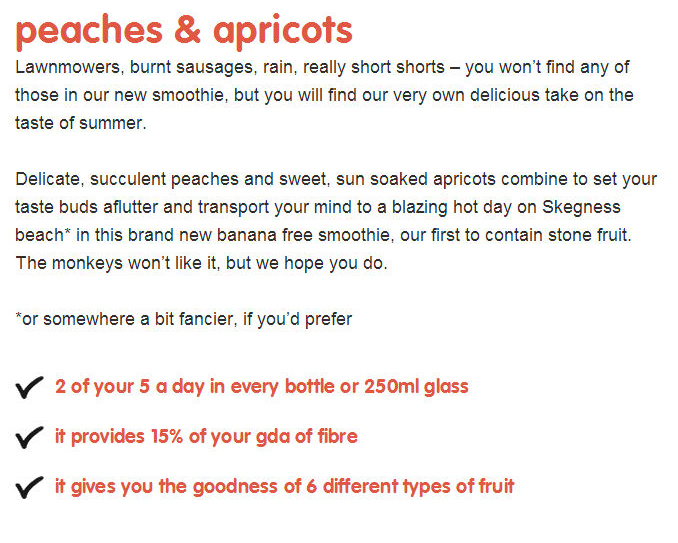
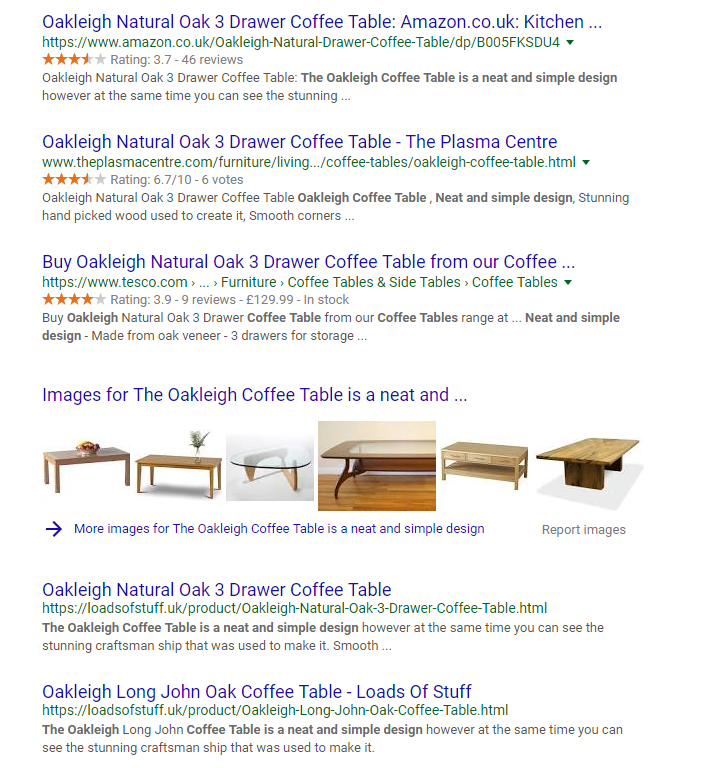
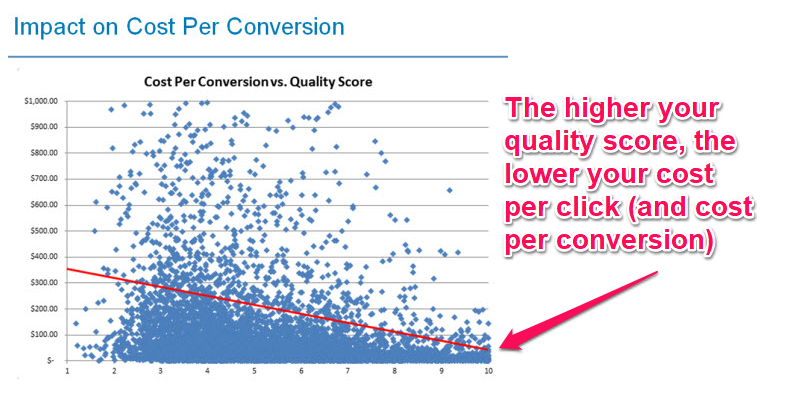
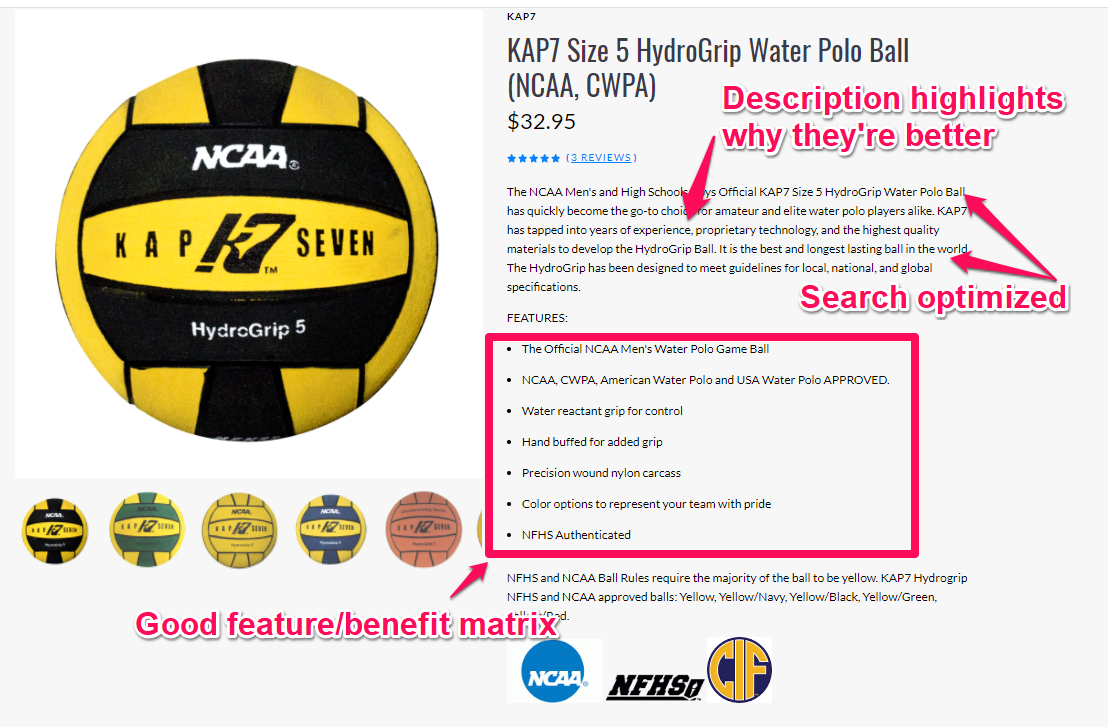
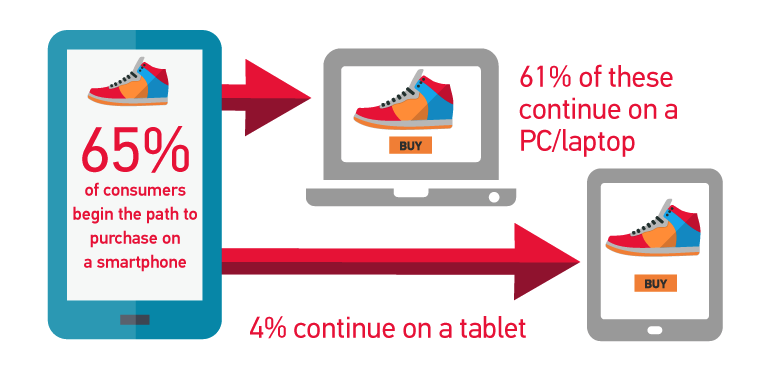
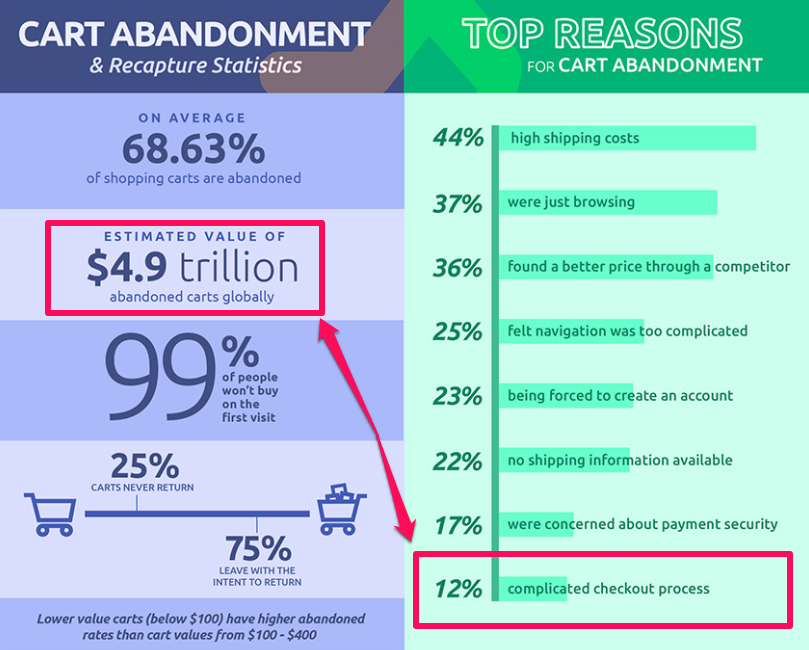
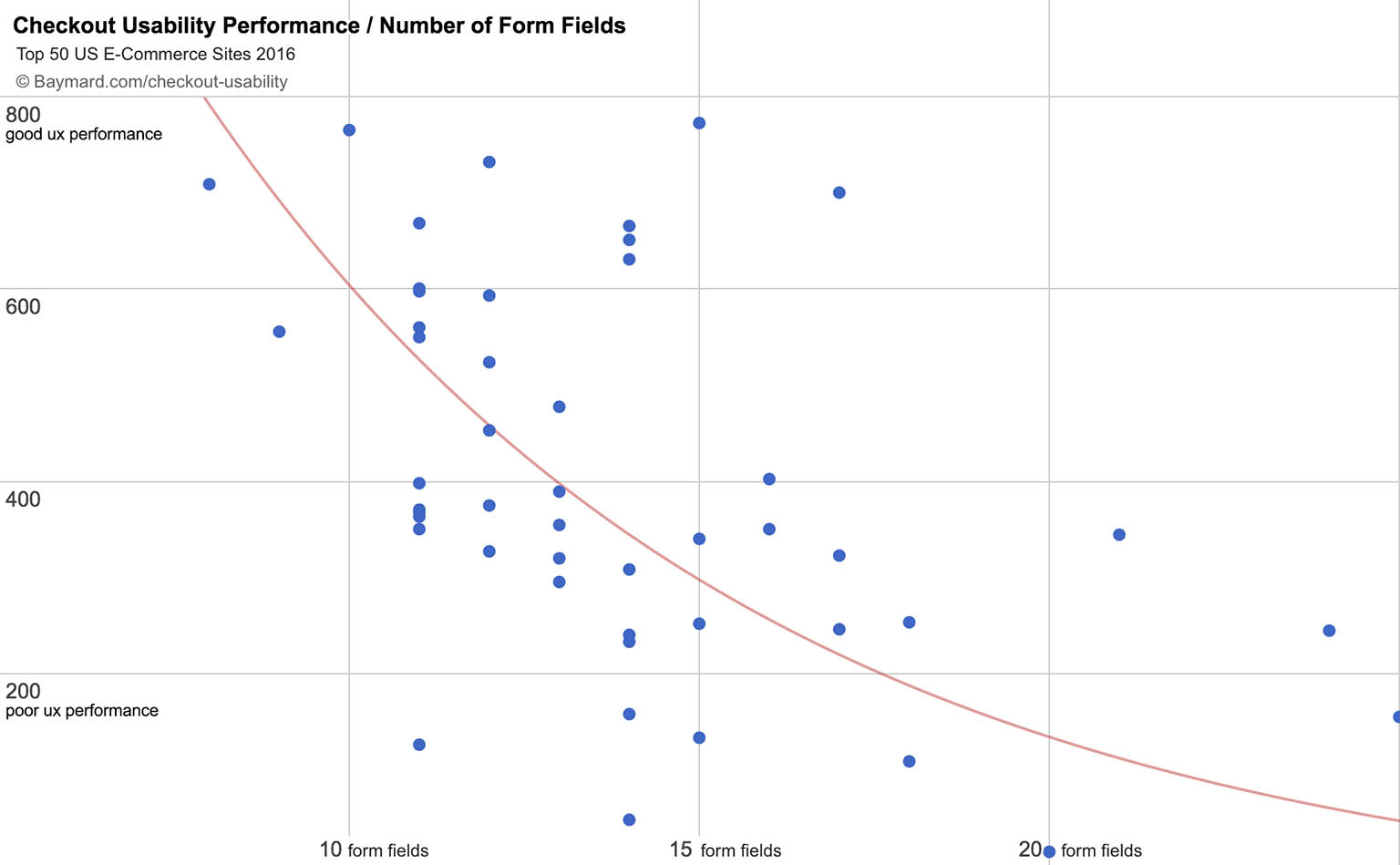

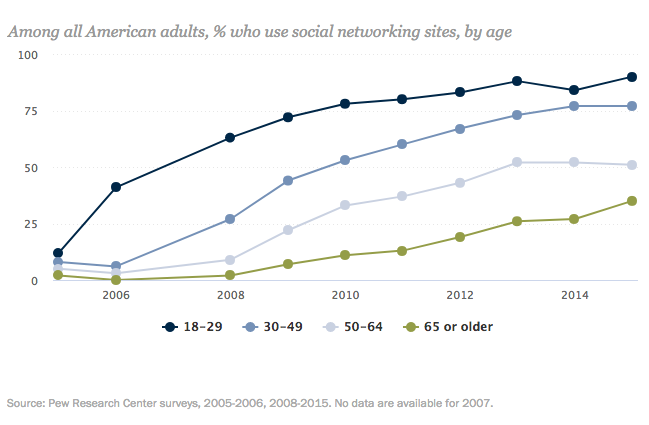



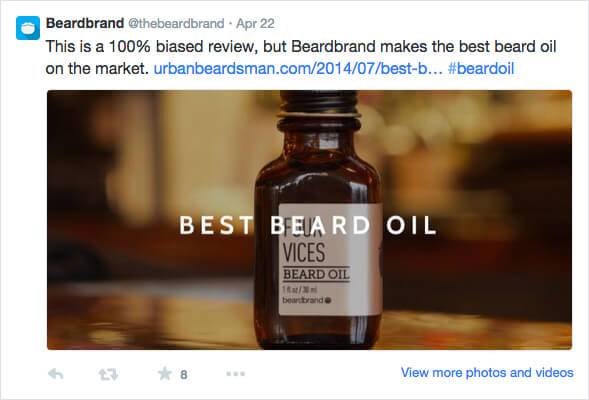

Comments (0)